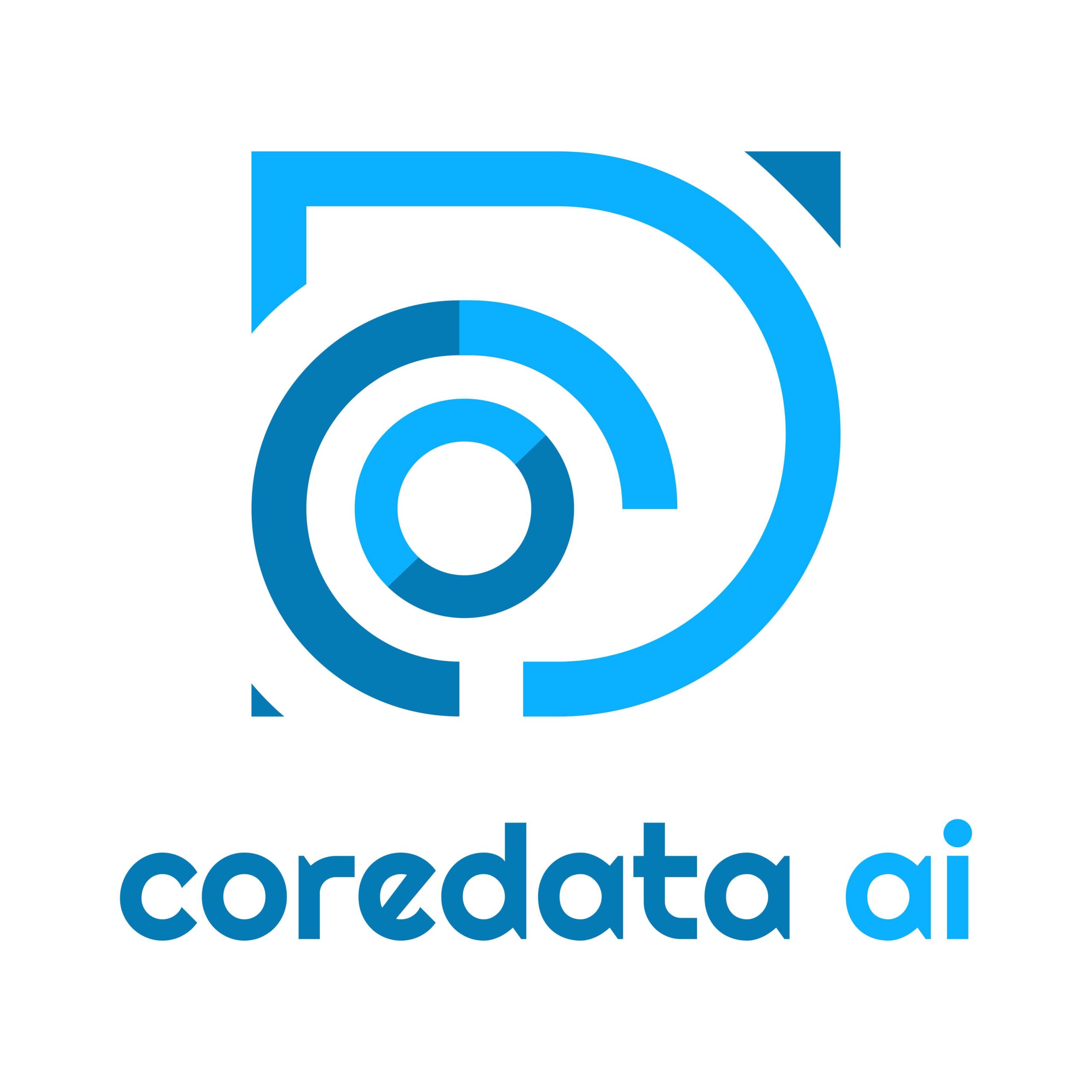Complex AutoML Algorithms
AutoML (Automated Machine Learning) has gained popularity as a way to democratize machine learning by automating the model selection and hyperparameter tuning process. While this is undeniably a valuable tool for large enterprises with extensive data science teams, many SMBs may find the complex algorithms offered by some platforms to be overkill. A simpler, more user-friendly approach to AutoML can often suffice for SMBs with limited resources.
Excessive Customization Options
While customization is important, some machine learning platforms offer an overwhelming number of options that can lead to decision paralysis. SMBs typically have specific use cases and limited time to allocate to model building. Having too many customization options can result in confusion and wasted effort. A more streamlined and guided approach to customization can help SMBs get the most out of their machine learning efforts without drowning in unnecessary choices.
Overemphasis on Deep Learning
Deep learning has revolutionized many industries, but it’s not always the best fit for every SMB. Platforms that heavily emphasize deep learning capabilities may overlook the fact that simpler algorithms like decision trees or random forests can deliver reliable results for many business tasks. SMBs should opt for platforms that provide a balanced range of algorithms rather than being overly focused on the latest deep learning trends.
Real-Time Monitoring for All
Real-time monitoring and analytics are crucial for businesses dealing with high-frequency data streams. However, not all SMBs operate in such an environment. For some, daily or weekly updates may be more than sufficient. Machine learning platforms that push real-time monitoring as a must-have feature may unnecessarily inflate costs for SMBs that don’t actually require such rapid insights.
AI-Generated Feature Suggestions
Some machine learning platforms boast AI-generated feature suggestions as a way to enhance model performance. While this can be helpful for advanced data science teams, SMBs might not have the time or expertise to evaluate and implement these suggestions effectively. Instead, focusing on building a strong foundational dataset and carefully selecting relevant features can often yield satisfactory results without relying on complex AI-generated suggestions.
Conclusion
In the world of machine learning platforms, more isn’t always better, especially for SMBs with limited resources and specific business needs. While these platforms offer a range of features designed to impress, SMBs should exercise caution and prioritize those features that align with their goals and capacities. By avoiding the allure of unnecessary bells and whistles, SMBs can streamline their machine learning efforts and achieve meaningful results without getting lost in the noise. Remember, the key is to focus on the features that truly matter and can drive tangible business outcomes.



